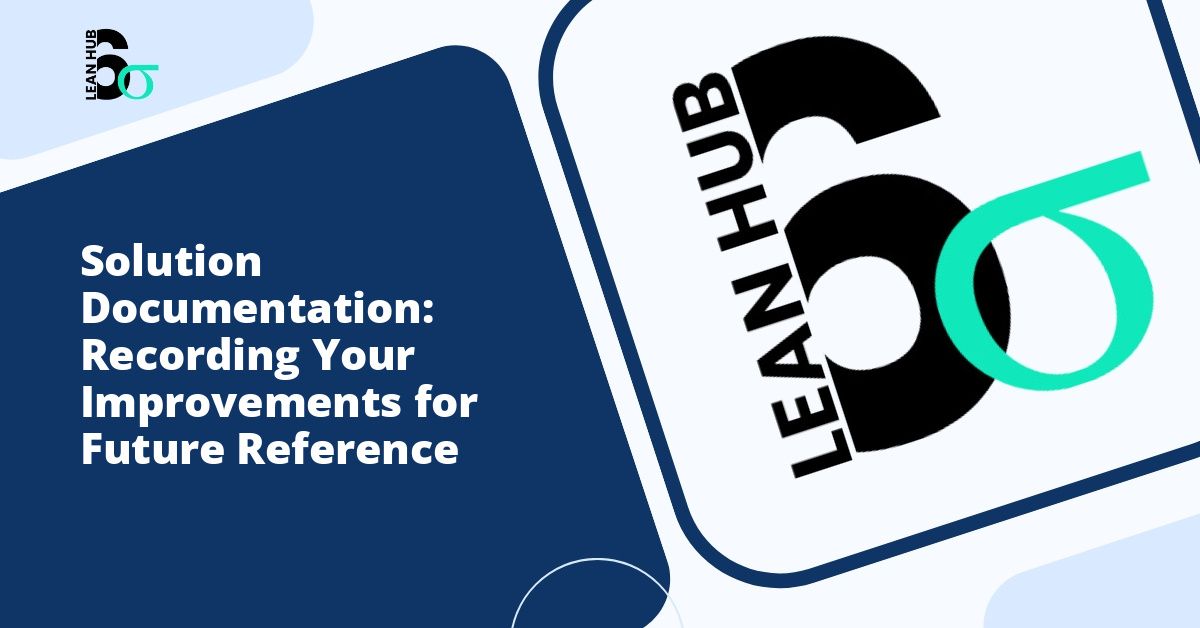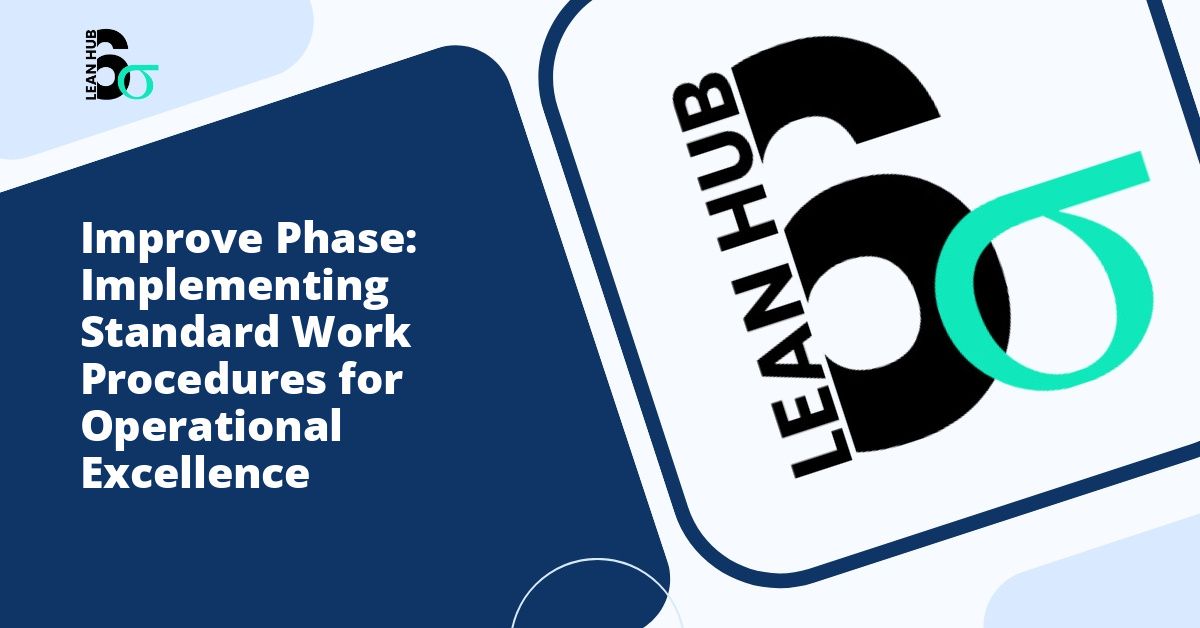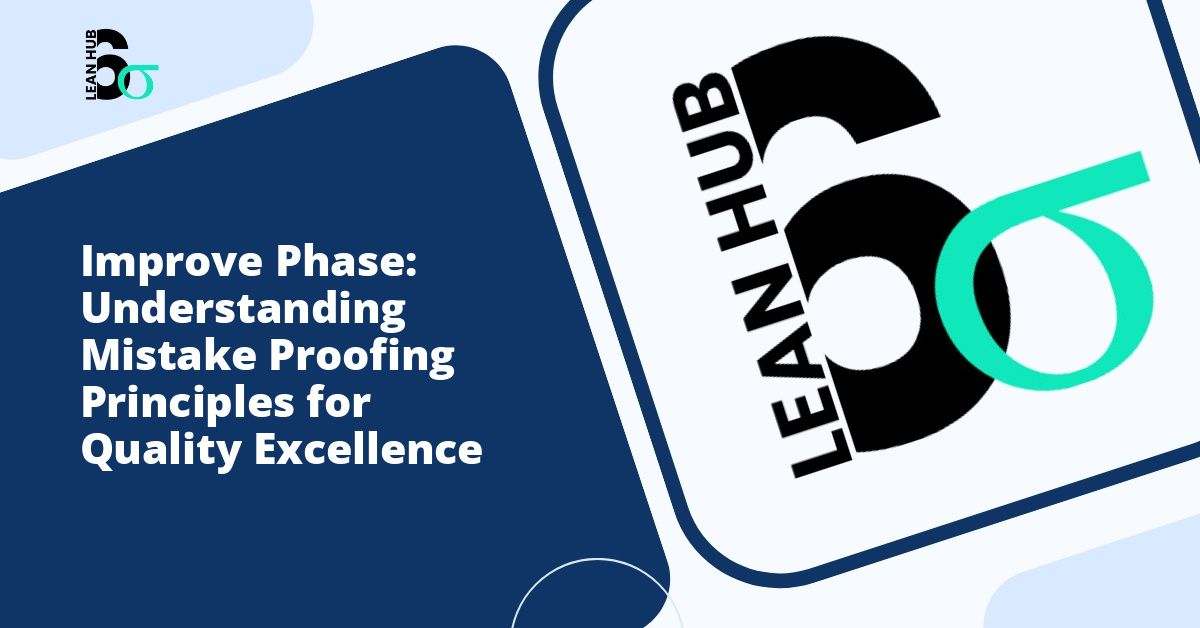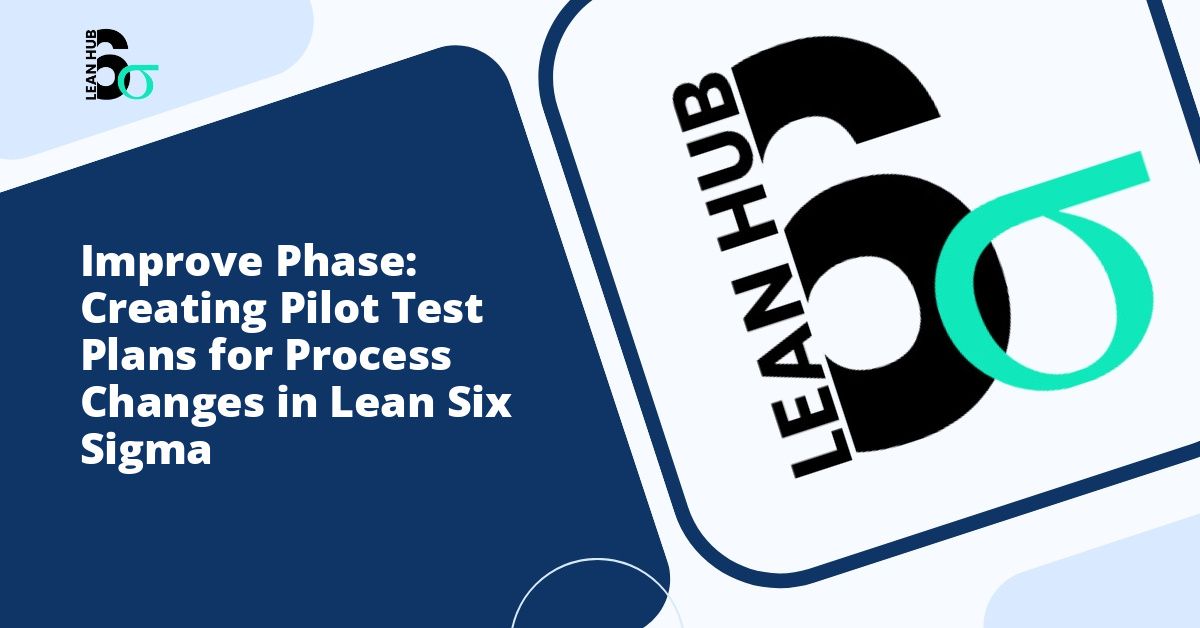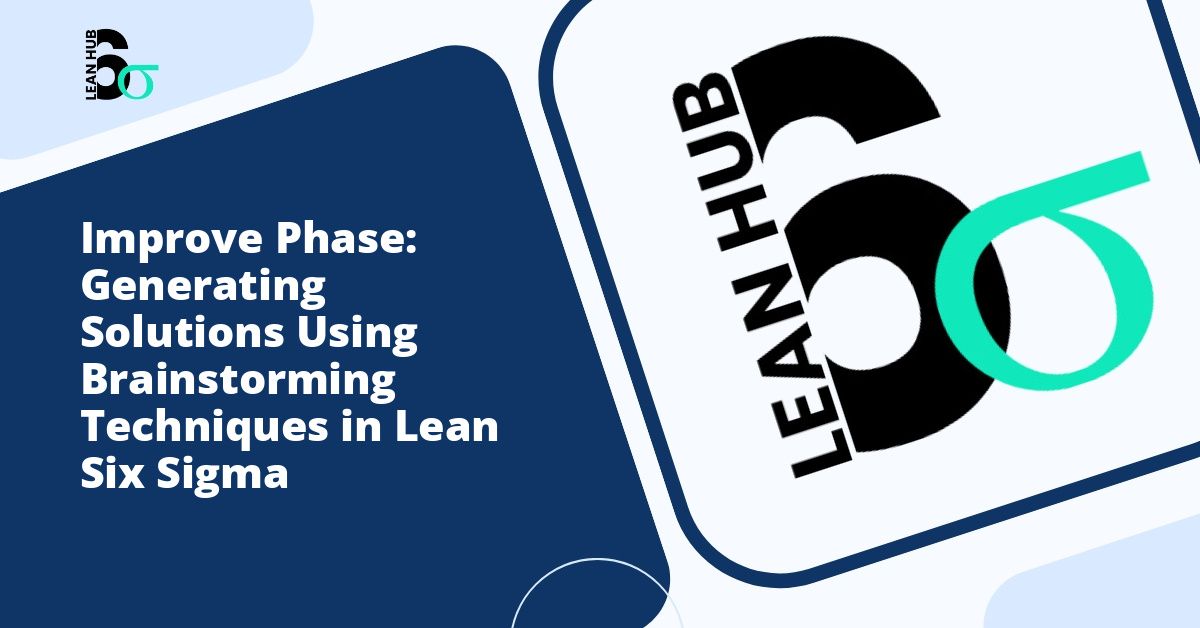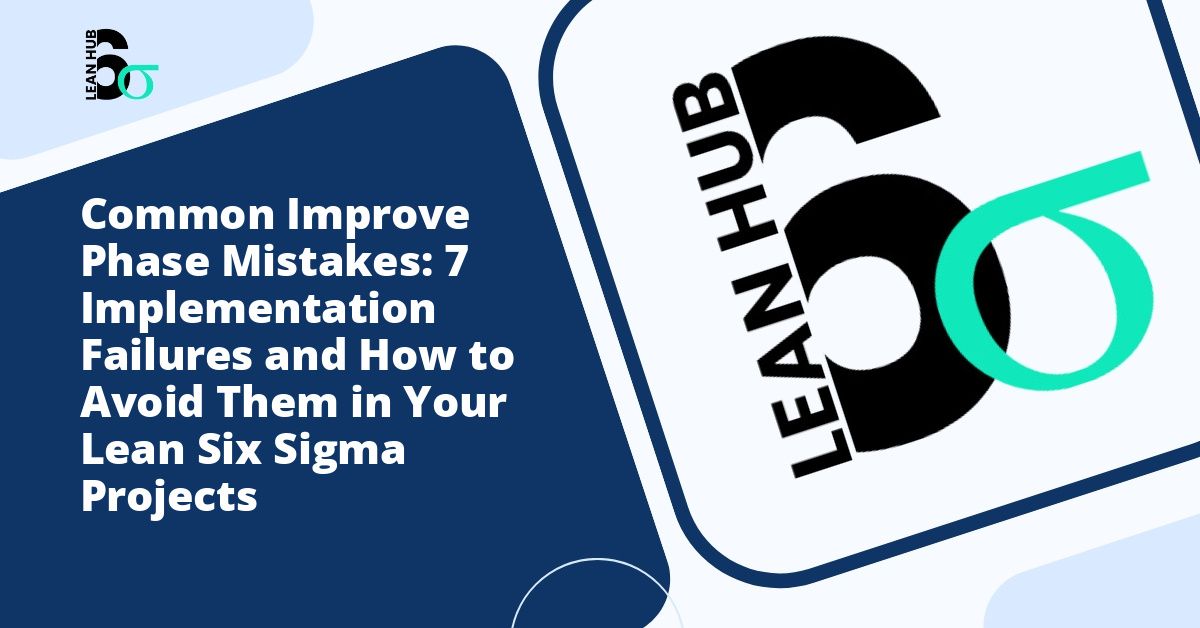In today’s fast-paced business environment, organizations invest significant resources in solving problems and implementing improvements. Yet, countless valuable solutions fade into obscurity because they were never properly documented. This comprehensive guide explores the critical importance of solution documentation and provides practical strategies for recording your improvements effectively, ensuring that hard-won knowledge benefits your organization for years to come.
Understanding the Value of Solution Documentation
Solution documentation serves as the institutional memory of an organization. When teams solve problems, optimize processes, or implement improvements, they generate valuable knowledge that should be preserved and shared. Without proper documentation, organizations risk repeating the same mistakes, reinventing solutions to previously solved problems, and losing crucial expertise when employees leave or transition to different roles. You might also enjoy reading about Solution Selection Matrix: How to Choose the Best Improvement from Multiple Options.
The financial implications of poor documentation are substantial. Research indicates that organizations lose billions annually due to inadequate knowledge management. When solutions are not properly recorded, new team members spend excessive time seeking information, productivity suffers, and valuable insights disappear with departing employees. You might also enjoy reading about Pull Systems vs. Push Systems: Implementing Flow in Your Process for Maximum Efficiency.
The Role of Documentation in Lean Six Sigma Methodology
Within the lean six sigma framework, documentation plays an essential role throughout the improvement lifecycle. Lean six sigma emphasizes data-driven decision making and continuous improvement, making thorough documentation not just beneficial but necessary for sustained success. You might also enjoy reading about Design of Experiments Explained: Testing Multiple Variables Simultaneously for Better Results.
During the recognize phase of problem-solving initiatives, teams identify opportunities for improvement and begin gathering initial information. This early stage sets the foundation for the entire improvement journey. Proper documentation during the recognize phase ensures that teams capture the original problem statement, baseline measurements, stakeholder concerns, and initial observations accurately.
As projects progress through subsequent phases, documentation becomes the thread that connects insights, decisions, and outcomes. It transforms individual expertise into organizational knowledge, enabling future teams to build upon previous successes rather than starting from scratch.
Essential Components of Effective Solution Documentation
Comprehensive solution documentation should address several key components to maximize its value and usability.
Problem Definition and Context
Begin by clearly articulating the original problem or opportunity. Describe the business context, including who was affected, the scope of the issue, and why solving it mattered. This context helps future readers understand the relevance and applicability of the solution to their own situations.
Analysis and Investigation Process
Document the investigative steps taken to understand the problem. Include the tools and methodologies used, data collected, analysis performed, and key findings. This transparency allows others to evaluate the rigor of your approach and apply similar techniques to comparable challenges.
Solution Development and Selection
Explain how you developed potential solutions and the criteria used to select the final approach. Document alternative options considered and why they were not chosen. This information prevents future teams from revisiting dead ends and helps them understand the trade-offs inherent in the selected solution.
Implementation Details
Provide specific information about how the solution was implemented, including timelines, resources required, obstacles encountered, and how they were overcome. Technical details, configuration settings, and step-by-step procedures should be documented with sufficient detail that someone else could replicate the implementation.
Results and Impact
Quantify the outcomes achieved through clear metrics and measurements. Compare post-implementation results against baseline data to demonstrate improvement. Include both intended and unintended consequences, as this honest assessment builds credibility and provides a complete picture.
Lessons Learned and Recommendations
Reflect on what worked well and what could be improved. Offer specific recommendations for anyone attempting similar improvements in the future. This forward-looking perspective transforms documentation from a historical record into a practical guide.
Best Practices for Creating Accessible Documentation
Creating documentation is only valuable if people can find and use it effectively. Implementing these best practices ensures your documentation remains accessible and useful over time.
Use Clear and Consistent Structure
Develop standardized templates for solution documentation. Consistency in structure makes it easier for readers to navigate documents and locate specific information quickly. Templates also ensure that important elements are not overlooked during the documentation process.
Write for Your Audience
Consider who will read your documentation and adjust your language accordingly. Avoid unnecessary jargon, but do not oversimplify technical content when writing for expert audiences. Define acronyms and specialized terms, especially when they first appear.
Incorporate Visual Elements
Include diagrams, flowcharts, screenshots, and photographs to complement written descriptions. Visual elements often communicate complex information more effectively than text alone. They also make documentation more engaging and easier to understand.
Implement Effective Knowledge Management Systems
Store documentation in centralized, searchable repositories where team members can easily access it. Use consistent naming conventions, appropriate tags, and metadata to facilitate discovery. Consider implementing version control to track updates and maintain historical records.
Keep Documentation Current
Establish processes for reviewing and updating documentation regularly. Assign ownership for maintaining specific documents and set review schedules. Outdated documentation can be worse than no documentation, as it may lead people to implement obsolete or ineffective solutions.
Overcoming Common Documentation Challenges
Despite understanding its importance, many organizations struggle with documentation. Addressing common obstacles proactively increases the likelihood of sustained documentation success.
Time Constraints
Team members often view documentation as a burden that takes time away from “real work.” Combat this perception by integrating documentation into project workflows rather than treating it as an afterthought. Allocate specific time for documentation activities and recognize it as a legitimate component of project completion.
Lack of Motivation
People may question whether anyone will actually use their documentation. Create a culture that values knowledge sharing by highlighting examples of documentation that proved valuable. Recognize and reward employees who contribute high-quality documentation.
Uncertainty About What to Document
Without clear guidelines, people may struggle to determine what information to include. Provide detailed templates, examples of excellent documentation, and training on documentation best practices to reduce ambiguity.
Leveraging Documentation for Continuous Improvement
Well-maintained solution documentation becomes increasingly valuable over time as it accumulates organizational wisdom. Organizations can leverage this knowledge asset in multiple ways.
Use documented solutions as training materials for new employees, helping them understand not just what to do but why certain approaches were adopted. Mine historical documentation to identify patterns and trends that inform strategic decisions. Regularly review past solutions to identify opportunities for further optimization or to adapt successful approaches to new challenges.
Documentation also supports compliance requirements in regulated industries and provides evidence of due diligence in decision-making processes. It creates transparency that builds trust among stakeholders and facilitates collaboration across teams and departments.
Conclusion
Solution documentation represents an investment in your organization’s future. By systematically recording improvements, capturing lessons learned, and making knowledge accessible, you transform individual achievements into lasting organizational capabilities. Whether working within a lean six sigma framework or any other improvement methodology, thorough documentation during the recognize phase and beyond ensures that your hard work continues delivering value long after projects conclude.
The effort required to create comprehensive documentation pays dividends through reduced redundancy, accelerated problem-solving, improved knowledge transfer, and sustained competitive advantage. Organizations that prioritize solution documentation build stronger foundations for continuous improvement and position themselves for long-term success in an increasingly complex business landscape.

